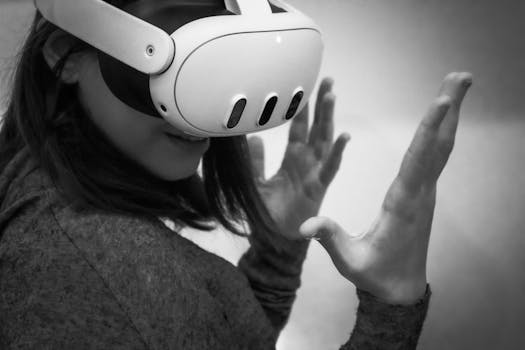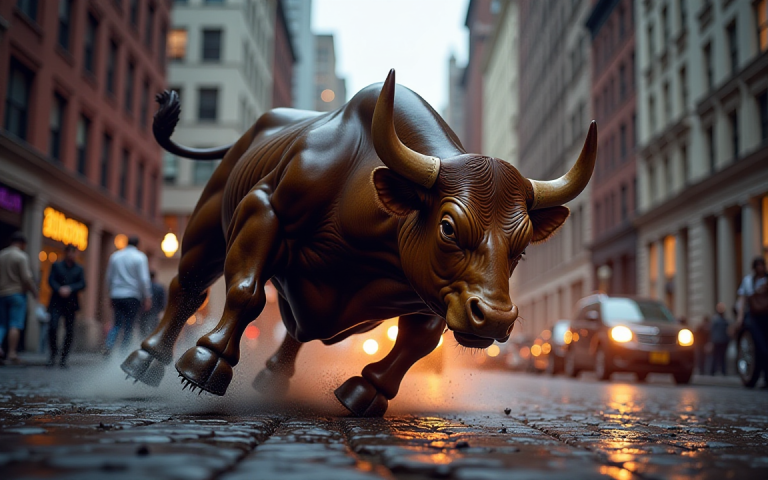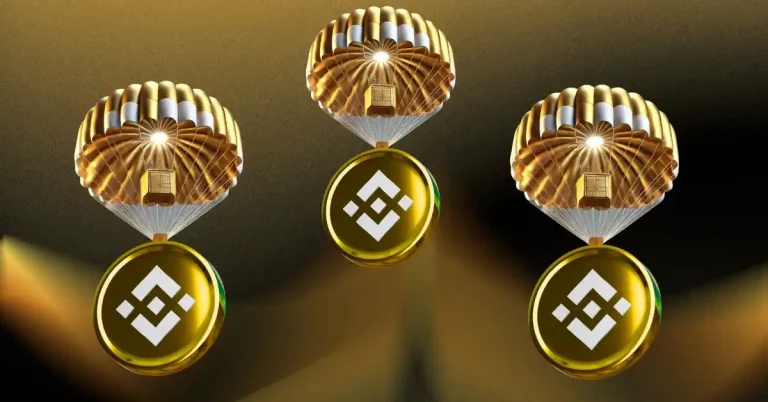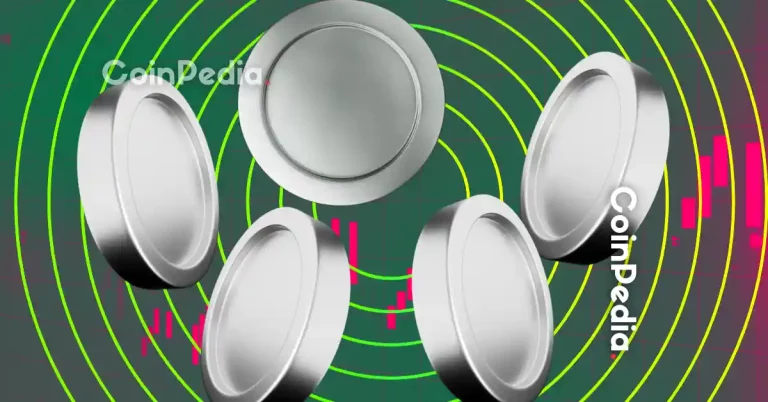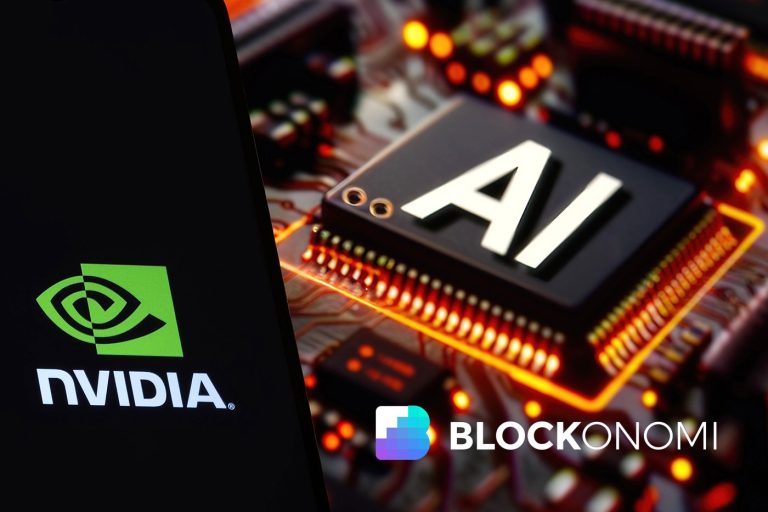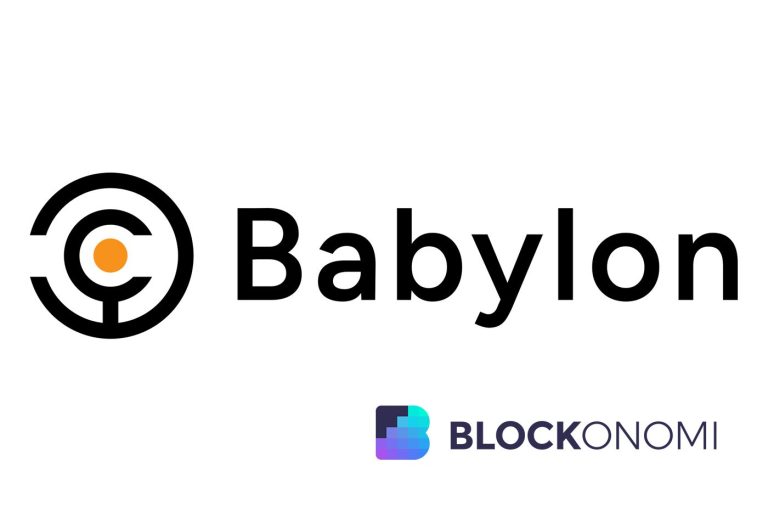
Exploring the Intersection of Art and Technology: Virtual Reality Art Installations
Takeaways:
- Virtual reality (VR) art installations provide immersive experiences that engage audiences in new ways.
- These installations often use cutting-edge technology to enhance the viewer’s interaction with art.
- VR art is redefining traditional art forms, creating a new genre for contemporary artists.
- As VR technology continues to evolve, so will its applications in the art world.
In recent years, virtual reality (VR) has emerged as a revolutionary medium in the art world. Artists are now able to create immersive experiences that transcend the limitations of traditional art forms. From virtual galleries to interactive installations, VR art installations are redefining how we perceive and interact with art. This blog post explores the fascinating realm of virtual reality art installations, highlighting their significance, the technology behind them, and how they are shaping the future of contemporary art.
The Significance of Virtual Reality Art Installations
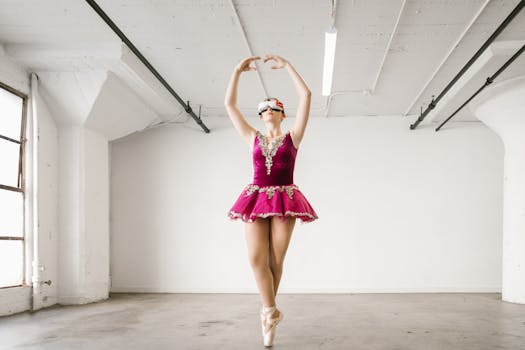
One of the most significant aspects of VR art installations is their ability to convey complex themes and ideas. Artists can create environments that evoke specific emotions or provoke thought on social issues. For example, some installations address climate change by immersing viewers in environments that showcase the beauty of nature juxtaposed with the impact of human activity. This form of storytelling is powerful, as it allows audiences to experience the consequences of their actions firsthand.
Moreover, VR art installations break down geographical barriers. Audiences from around the world can experience the same installation simultaneously, regardless of their physical location. This democratization of art access expands the reach and impact of artists’ work, allowing them to connect with a global audience.
The Technology Behind VR Art Installations

Popular platforms for creating VR art include Unity and Unreal Engine, which enable artists to develop intricate virtual environments. Additionally, tools such as Oculus Rift and HTC Vive provide the hardware needed for viewers to engage with the art in a meaningful way. The combination of visual storytelling, sound design, and interactivity creates a multi-sensory experience that captivates audiences.
Furthermore, advancements in augmented reality (AR) are also influencing the VR art scene. Artists are now experimenting with hybrid installations that incorporate both VR and AR elements. This innovative approach allows viewers to interact with digital art in real-world settings, further blurring the lines between the physical and digital realms.
The Future of Virtual Reality Art Installations
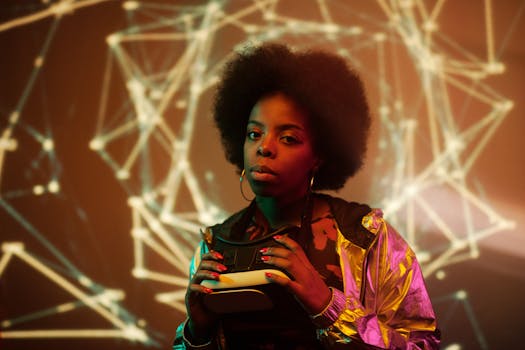
Moreover, the accessibility of VR technology is improving, making it more feasible for artists to experiment with this medium. As VR headsets become more affordable and user-friendly, we may see a surge in grassroots VR art projects and installations from emerging artists.
Additionally, educational institutions are increasingly incorporating VR into their art programs, allowing students to explore this medium from an early stage. This will undoubtedly lead to a new generation of artists who are proficient in both art and technology, fostering innovation in the art world.
Conclusion
